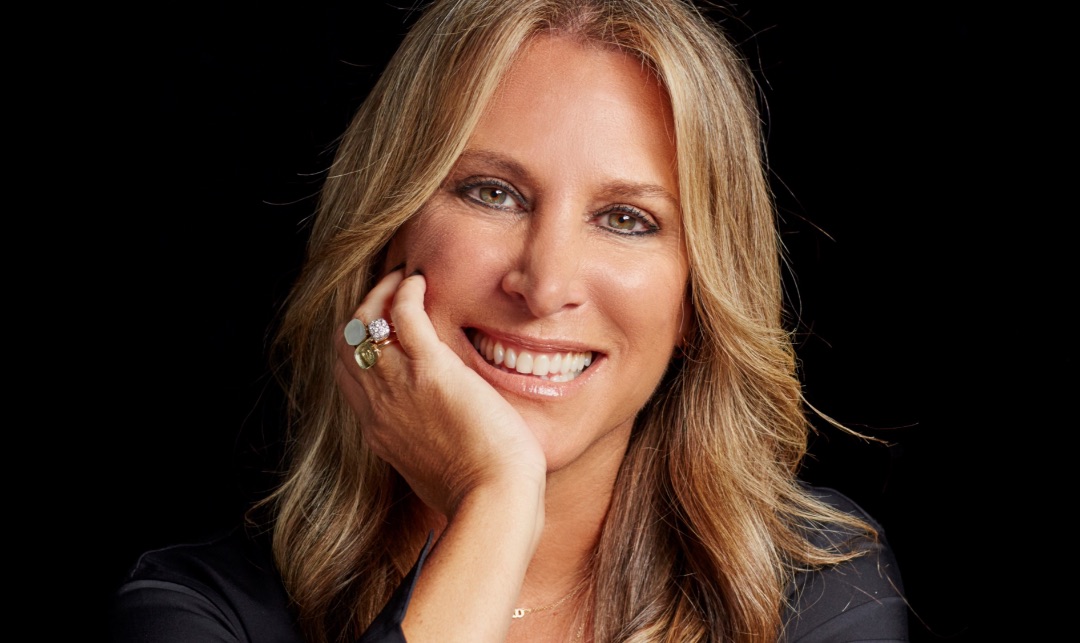You spoke at the Building a More Civil and Just Society Conference. What are some of the messages you shared?
If we are to build a more civil and just society, we need to put women at the forefront of our recovery. In 2020, four times as many women lost their jobs as men. The pandemic has exacerbated existing inequalities (already, women were three times more likely to sacrifice their careers for their family) and threatens to undo decades of progress toward gender parity. We need to take action, and we need to do it together—as individuals and organizations, the public and private sectors.
What does a typical day look like for you? What are some of the most difficult decisions you have to make on a regular basis?
No two days are the same (even during lockdown!) and I love that about my job. I try to do a spinning class first thing, as endorphins are a great way to start the day. It’s pretty much nonstop from there, whether I’m speaking on panels, moderating sessions in our Equality Lounges, leading bootcamps, or catching up with our incredible partners. I’ve become a big fan of taking calls while I walk outside. Whenever I have a spare minute, I FaceTime my team—it’s so important that we stay connected during these socially distanced times. And of course, family always comes first. Game nights and family dinners are big in my house! Even during the best of times, being an entrepreneur is full of challenges and difficult decisions. COVID has definitely exacerbated that. However, the Female Quotient has really pivoted with positivity and created a better path forward.
No one, but especially no woman, should feel like she has to pretend that she doesn’t have a life outside of work.
What kind of culture exists in your organization, and how did you establish it?
I don’t think that leadership is about age or title; it’s about action. My goal is for every person on my team, regardless of their role, is to be a leader—and I’ve worked hard to create a culture that supports that. We share the good, the bad, and the ugly; we have each other’s backs through thick and thin; and most importantly, we practice life stage accommodation so we can bring our whole selves to work. No one, but especially no woman, should feel like she has to pretend that she doesn’t have a life outside of work. You never regret the meeting you had to reschedule, but you’ll always regret your kid’s baseball game that you missed.
What is your biggest piece of advice for CEOs hoping to get started with improving diversity and inclusion?
Listen. Listen to your employees and listen to the data. The best way to understand the state of D&I at your organization is to hear from the people who experience it every single day. But also, back that qualitative feedback with quantitative facts: How many women are in the entry level versus the executive level? How diverse is your board? Do you have a wage gap? These are all things that you need to know if you’re going to chart a path to progress.
What lessons have you learned and never forgotten?
One of the most impactful lessons came early in my career: I was extremely lucky to have a great CEO at my second job, Gerry Lukeman, who became a lifelong mentor. I loved how he ran his company just like he ran his family. He didn’t try to hide that aspect of his life; instead, he had photos of his kids everywhere. During a meeting with him one day, he taught me something I’ll never forget: There’s no such thing as trying—either you do it, or you don’t. He threw a pen on the floor and said, “Try to pick it up. You either pick it up, or you don’t pick it up.” That really stuck with me.













































